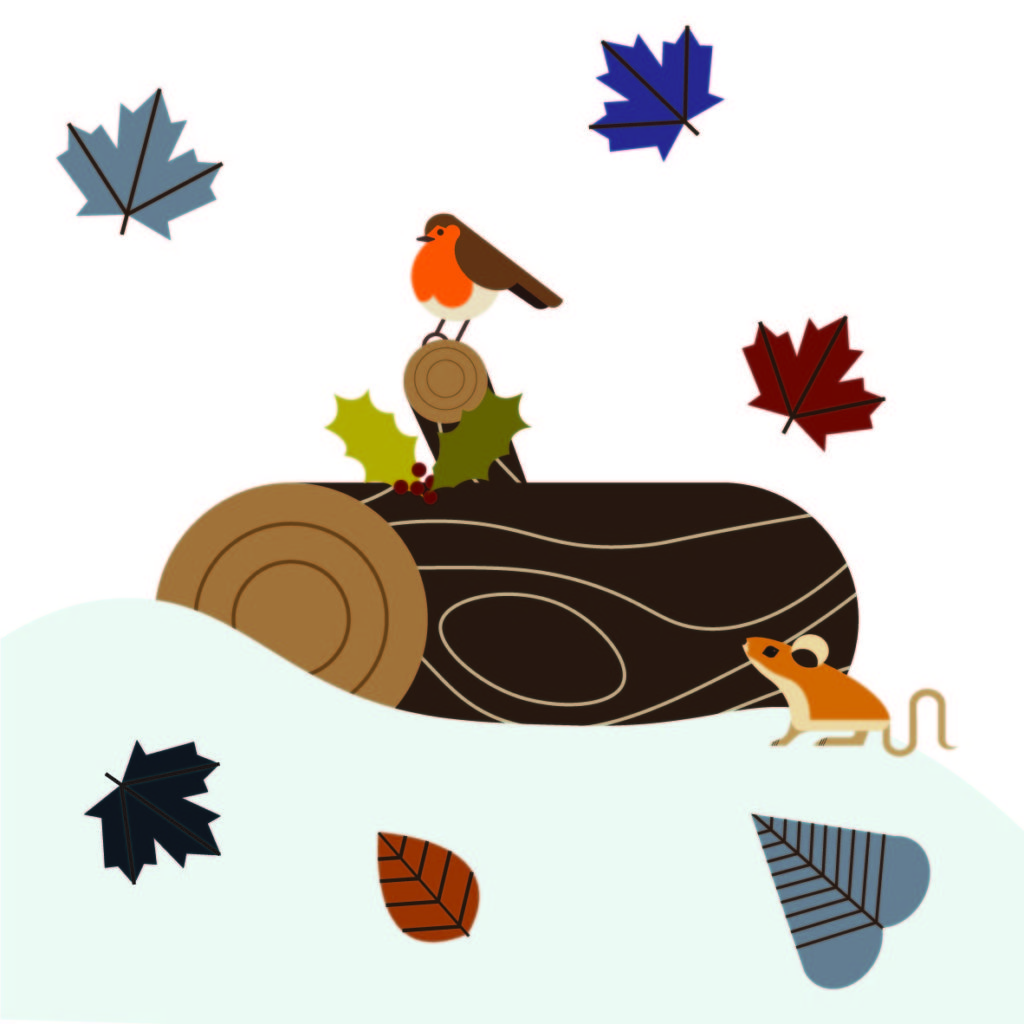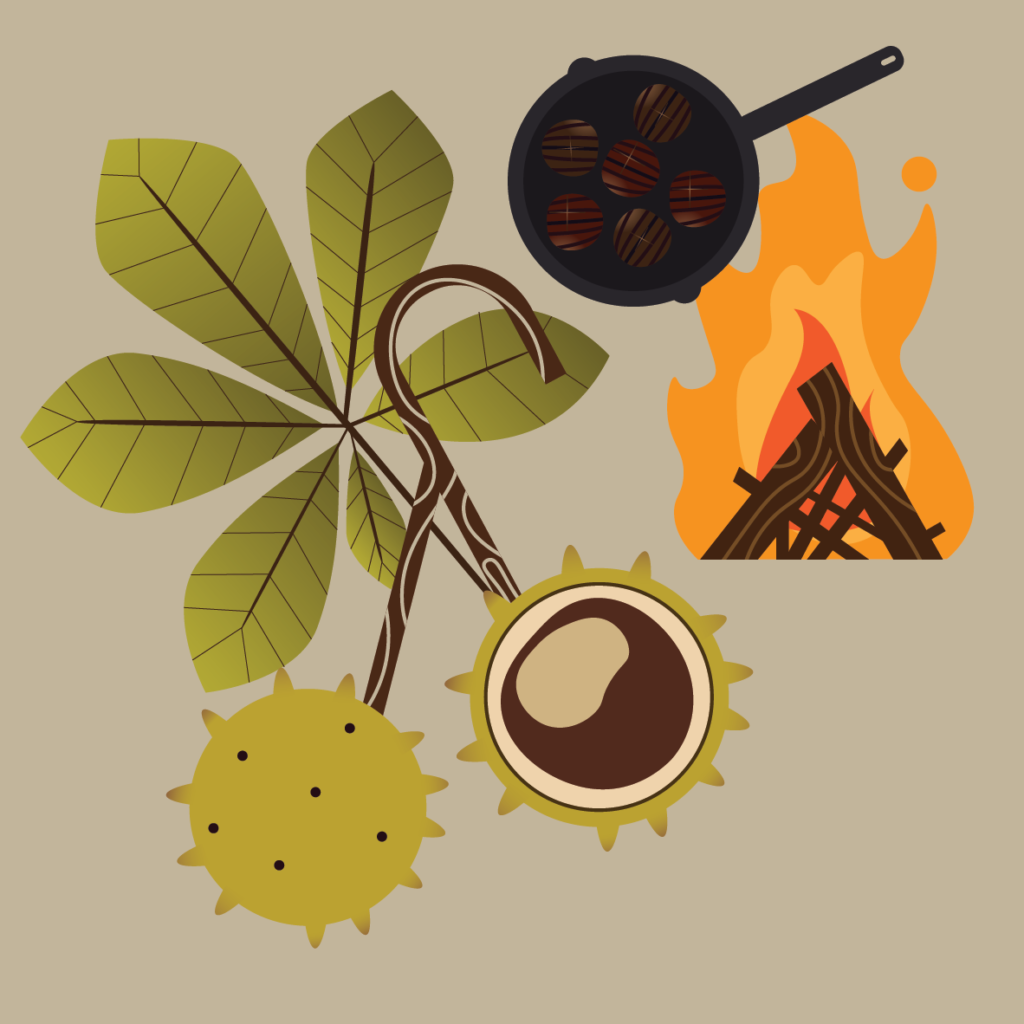What is A Yule log
The Yule log began as a Nordic tradition. The Yule log is the largest log picked and would be placed into the fire hearth. This Christmas tradition is carried out in several countries all over Europe.
- It is a tradition to light the log with a previous year’s log. Keeping the wood in storage it is slowly fed to the fire through the 12 days of Christmas
- In France, it is a tradition for the whole family to help cut down the log.
- A tradition in Cornwall uses a dried out and bark-free log call the mock.
- Barrel makers in the UK had unused logs that they couldn’t use therefore they gave their customers them for Yule logs.
 Similar traditions
Similar traditions
Ashen faggot is an old English tradition from Devon and Somerset. A faggot is a large log or bundle of ash sticks bound with nine green lengths of ash bands preferably from the same tree. They would burn this on Christmas Eve and in the heart of the fireplace.
Types of wood
- The UK uses oak
- Scotland uses birch
- France uses cherry. They sprinkle wine over the log before its burning, therefore, it smells nice once lit
Sprinkle Chemicals on the log to create coloured flames;
- Potassium nitrate violet,
- barium nitrate green,
- copper sulphate blue,
- table salt bright yellow
However, throwing ashes out on Christmas Day can be unlucky
Chocolate Yule log
Eaten in France and Belgium this is a popular Christmas pudding. Additionally, made with a chocolate sponge, layered with cream and covered with chocolate and decorated to look like bark.
 Roasting over an open coal fire
Roasting over an open coal fire 3. Fire safety
3. Fire safety  6. Keeping small pets warm
6. Keeping small pets warm